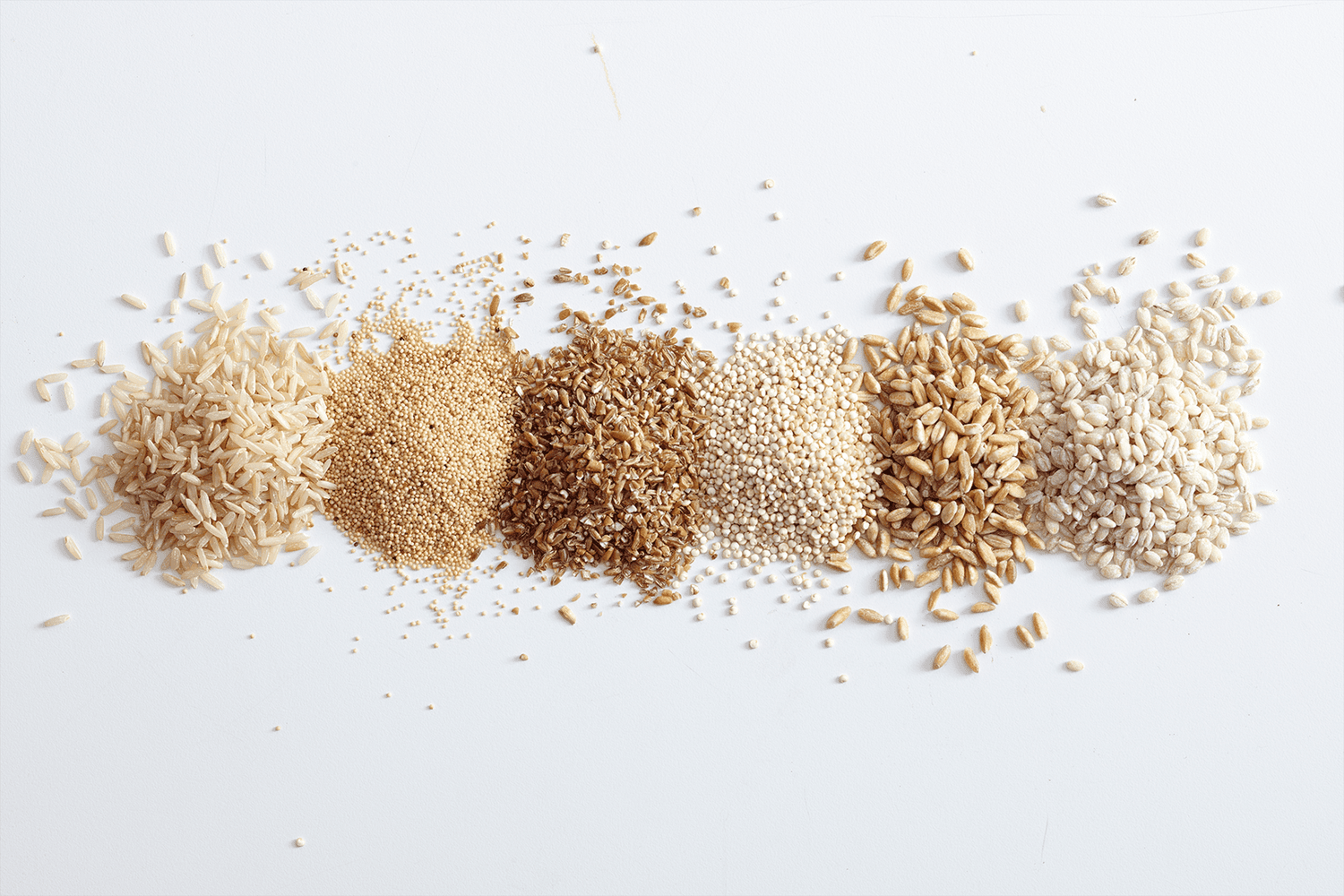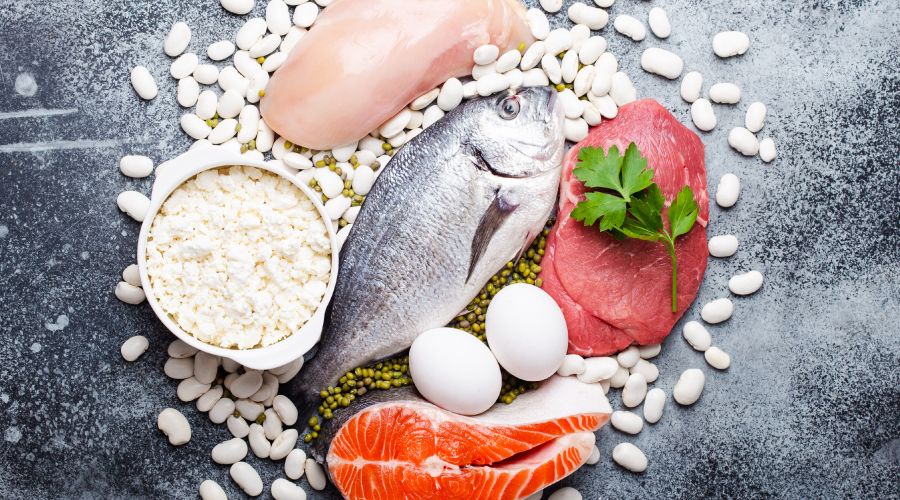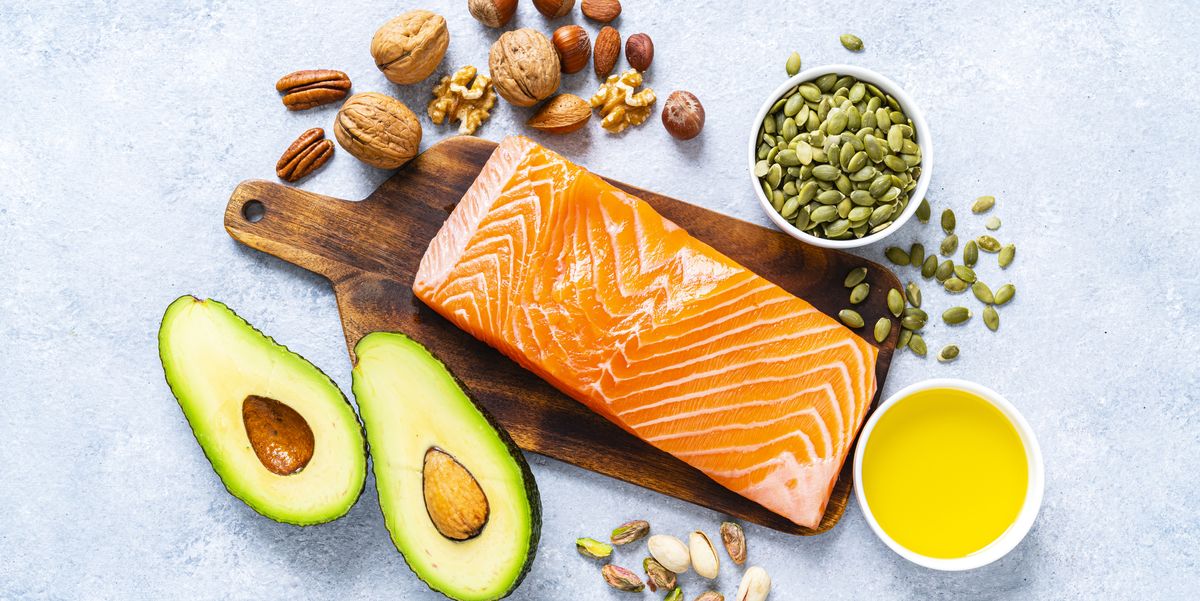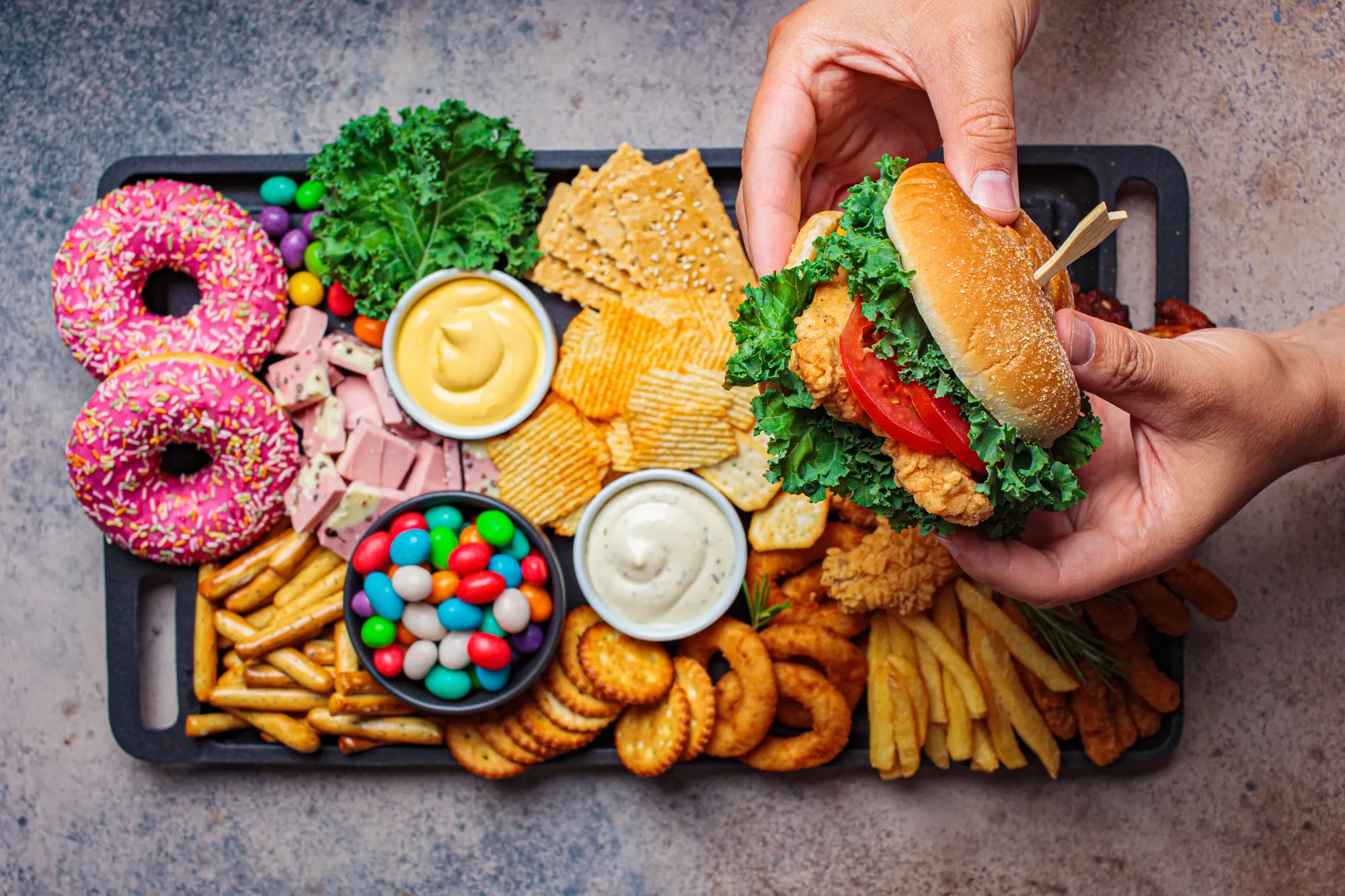Building a Balanced Plate: 8 Expert Tips for Optimal Health

Step into the world of nutrition, a landscape filled with an overwhelming array of diet trends, self-proclaimed experts, and contradictory advice. It's like the wild wild West, where charlatans roam freely and uninformed individuals peddle their version of "healthy" eating.
In this chaos, it becomes challenging to discern fact from fiction and find genuine, science-backed advice.
That's why it's crucial to dive deep and unravel the truth behind the promotion of diet advice. Many who dispense nutritional guidance have never truly studied the subject or possess the expertise to back their claims. It's a world where flashy marketing and persuasive testimonials often outweigh scientific evidence.
But fear not, as we embark on this journey together, we will cut through the noise and focus on tangible, real advice that is grounded in research and expertise. Get ready to discover practical tips and insights.
1. Fill Half Your Plate with Colourful Vegetables:

Experts unanimously agree on the importance of vegetables in a balanced diet. Aim to fill at least half of your plate with a vibrant array of vegetables. Here are a few examples:
- Spinach: Packed with iron, vitamins A and C, and folate, spinach is a nutrient-dense leafy green.
- Butternut Squash: Rich in fiber, vitamins A and C, and potassium, butternut squash adds a sweet and hearty touch to your plate.
- Bell Peppers: Vibrant and crunchy, bell peppers are a great source of vitamins A and C.
- Broccoli: Loaded with vitamins K and C, as well as fiber, broccoli, is a versatile and nutritious vegetable.
- Beetroot: Known for its deep red color, beetroot is packed with antioxidants and essential nutrients like folate and potassium.
2. Embrace Whole Grains for Sustained Energy:

Swap refined grains for their whole counterparts to boost the nutritional value of your meals. Incorporate whole grains like:
- Quinoa: A complete protein source, quinoa is gluten-free and high in fiber.
- Brown Rice: A wholesome alternative to white rice, brown rice is rich in fiber and provides sustained energy.
- Whole Wheat Bread: Opt for bread made from whole wheat flour to enjoy the benefits of increased fiber and nutrients.
- Oats: A breakfast staple, oats are high in soluble fiber and can help regulate blood sugar levels.
- Sorghum: A gluten-free ancient grain, sorghum is rich in antioxidants and provides a good source of fiber.
Whole grains provide sustained energy and contribute to a balanced diet.
3. Prioritize Lean Protein Sources:

Build a strong foundation of lean protein sources on your plate. Opt for skinless poultry, fish, legumes, or tofu to meet your protein needs while keeping saturated fats in check. Protein plays a vital role in repairing and building tissues and contributes to satiety. Some examples:
- Skinless Chicken Breast: A lean and versatile protein option, chicken breast is low in fat and high in protein.
- Fish (e.g., Salmon, Hake, Sardines): Rich in omega-3 fatty acids and high-quality protein, fish provides numerous health benefits.
- Lentils: A plant-based protein source, lentils are packed with fiber, iron, and folate.
- Tofu: Made from soybeans, tofu is a versatile and complete plant-based protein option.
- Beans: Whether black beans, kidney beans, or chickpeas, legumes are an excellent source of protein, fiber, and essential nutrients.
- Pork Tenderloin: A lean cut of pork, tenderloin is a good source of protein, vitamins, and minerals.
- Tuna: High in protein, tuna is a nutritious seafood option.
4. Don't Forget Healthy Fats:

Contrary to popular belief, not all fats are bad for you. Include healthy fats in your meals, such as avocados, nuts, seeds, and olive oil. These fats support brain function, provide essential nutrients, and contribute to a well-rounded diet.
- Avocado: A creamy and nutritious fruit, avocados are packed with heart-healthy monounsaturated fats.
- Nuts (e.g., almonds, walnuts, macadamia nuts): Nuts provide a good source of healthy fats, along with essential minerals and vitamins.
- Seeds (e.g., chia seeds, flaxseeds, pumpkin seeds): Rich in omega-3 fatty acids and fiber, seeds are a nutrient-dense addition to your diet.
- Olive Oil: A staple of the Mediterranean diet, olive oil is a healthy fat that can be used for cooking and dressing.
- Coconut: Whether in the form of coconut oil, milk, or shredded coconut, this tropical fruit provides medium-chain triglycerides (MCTs) and adds flavor to dishes.
5. Portion Control and Mindful Eating:
Expert advice emphasizes the importance of portion control and mindful eating. Pay attention to your hunger and fullness cues, savor each bite, and eat slowly. This practice allows you to enjoy your meals, prevents overeating, and promotes a healthier relationship with food.
To effectively listen to your body's hunger and fullness cues, here are three tangible tips:
- Tune into Your Body: Take a moment before each meal to check in with yourself. Assess your level of hunger on a scale of 1 to 10, with 1 being extremely hungry and 10 being overly full. This awareness helps you understand your body's needs and prevents mindless eating.
- Eat Mindfully: Engage all your senses while eating. Slow down and savor each bite, paying attention to the flavors, textures, and aromas of your food. Avoid distractions like screens or multitasking, allowing yourself to fully focus on the eating experience. This mindful approach helps you connect with your body's signals and promotes a greater sense of satisfaction.
- Practice Portion Control: Use visual cues and portion control strategies to prevent overeating. Use smaller plates and bowls to create the illusion of a full plate. Serve yourself reasonable portions and avoid going back for seconds right away. Take breaks between bites, allowing your body time to register fullness before deciding if you need more food.
6. Hydrate with Water:

Water is the elixir of life, and experts emphasize its importance in maintaining optimal health. Stay hydrated by drinking an adequate amount of water throughout the day. It supports digestion, aids in nutrient absorption, and helps regulate body temperature.
Determining the appropriate amount of water you need per day can be based on a general guideline of consuming around 30-35 milliliters (ml) of water per kilogram (kg) of body weight. For example, a person weighing 70 kg would aim to drink approximately 2,100-2,450 ml of water daily.
However, it's important to note that individual water needs can vary based on factors such as activity level, climate, and overall health. On hotter days or during physical activity, you may require more water to compensate for increased perspiration and fluid loss. Conversely, on colder or less active days, your water needs may be slightly lower.
It's worth mentioning that not all of your daily water intake needs to come solely from drinking plain water. Other beverages like herbal tea, infused water, and unsweetened beverages can contribute to your overall hydration. Additionally, certain foods such as fruits and vegetables have high water content and can contribute to your daily fluid intake.
While coffee and caffeinated beverages can have mild diuretic effects, they can still count towards your overall fluid intake. Just be mindful of balancing caffeine intake with water consumption, as excessive caffeine can cause increased urine output.
To ensure adequate hydration, listen to your body's thirst cues and monitor the color of your urine. If your urine is pale yellow or clear, it's a good indication that you're adequately hydrated. On the other hand, dark-colored urine may indicate dehydration and the need to increase your fluid intake.
Remember, staying hydrated is essential for optimal bodily functions, and maintaining a well-balanced fluid intake can contribute to your overall health and well-being.
7. Limit Added Sugars and Processed Foods:

Minimizing the consumption of added sugars and highly processed foods. These items often lack essential nutrients and may contribute to various health issues. Instead, opt for whole foods and satisfy your sweet tooth with natural alternatives like fresh fruits.
Processed foods are typically those that have undergone various manufacturing processes and contain additives, preservatives, and artificial ingredients. They often lack the nutritional value and health benefits found in whole foods. Here are some examples of processed foods:
- Packaged Snacks: Chips, crackers, cookies, and other packaged snacks often contain high amounts of added sugars, unhealthy fats, and artificial flavors and preservatives.
- Sugary Breakfast Cereals: Many breakfast cereals marketed to children are loaded with added sugars and artificial colors. Opt for whole grain cereals with no or minimal added sugars.
- Frozen Meals: Ready-to-eat frozen meals are convenient but often high in sodium, unhealthy fats, and added sugars. They may also contain artificial flavors and preservatives. Choose homemade or freshly prepared meals whenever possible.
- Processed Meats: Deli meats, sausages, hot dogs, and bacon are examples of processed meats. They are often high in sodium, unhealthy fats, and preservatives. Opt for fresh, unprocessed meats or plant-based protein sources.
- Sugary Drinks: Sodas, fruit juices, sports drinks, and sweetened beverages are packed with added sugars and offer little to no nutritional value. Choose water, herbal tea, or naturally flavored water as healthier alternatives.
To identify if a food is processed, check the ingredient list and nutrition label. Look out for added sugars, artificial flavors, colors, and preservatives.
Generally, the longer the ingredient list and the more unrecognizable ingredients, the more processed the food likely is. Opting for whole, minimally processed foods like fruits, vegetables, whole grains, lean proteins, and nuts is a healthier choice for overall well-being.
8. Practice Flexibility and Variety:
Building a nutritious plate doesn't mean rigidly sticking to a set of rules. I encourage flexibility and variety in your diet. Embrace different food groups, experiment with new recipes, and enjoy a wide range of flavors and textures to ensure you're nourishing your body with a diverse array of nutrients.
Building a nutritious plate for a balanced life becomes an attainable goal. Incorporate the above tips, filling your plate with colorful vegetables, whole grains, lean proteins, healthy fats, and plenty of water. Practice portion control, mindful eating, and limit processed foods and added sugars.
Remember to embrace flexibility and variety, celebrating the joy of nourishing your body with diverse and wholesome foods. Reflect on how these tips positively impact your overall well-being and embrace the journey towards a balanced and nourished life.
Your plate holds the power to fuel your body and mind, so let these tips guide you on this transformative path.